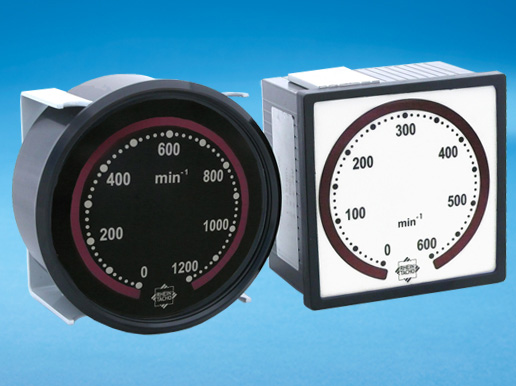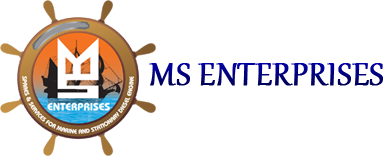We are an Authorized Supplier of Rhein Tacho Speed Sensors, Non Contact and Contact Type Tachometers, LED Speed Indicators, Stroboscope, Tacho Generators and FI/FU Convetors
Rotational speed sensors use various magnetic proximity measuring principles to monitor the speeds of machine components in a range between 0 and 30,000 rpm.
The application itself determines the measuring principle used. RHEINTACHO offers a wide range of standard products for the most varied applications, with suitable measuring systems and electronics, as well as appropriate housings, designs and connections. Additionally to this, we also provide custom solutions, quickly and inexpensively.
Standard speed sensor features at a glance:
- Frequency range from 0 Hz to 30,000 Hz
- Pressure resistance up to 500 bar as standard
- Extremely leak proof due to patented individual wire sealing
- Resistant to (hydraulic) oil, salt, alkaline solutions and acid
- Wide operating temperature range (-40 °C to +160 °C)


The “semi-analog” LED indicators display the measured value using 71 LEDs. These indicators are designed to withstand very strong vibrations yet have the familiar look of an analog indicator.
The two standard housing sizes and flexible inputs make the indicators a universal solution for all applications with increased vibrations.
The LED indicators are used in:
- Ships’ engines
- Large engines
- Pavement cutters
- General road construction machinery
- Turbines
- Shredders
- Rock crushers
- Strainers
Stroboscopes are versatile instruments for the visualization of very fast movements. They are important and necessary tools for the inspection and control of machines and manufacturing lines e.g. in printing or textile industries.
Stroboscopes could also be used for the non-contact measuring of rotational speed.If the stroboscope flash frequency matches the frequency of movement, the test object appears stationary. It can be observed and its frequency of movement recorded.
The range of products available today allows bandwidths exceeding three metres to be illuminated.


RHEINTACHO tacho generators reliably measure the rotational speeds of motors. The rotation is mechanically transferred directly via a shaft to the sender. At the output of the sender there is an electric signal proportional to the rotation. The signal is then normally transferred to a Rheintacho indicator system.
The senders are available with a normalized voltage, current or pulse output, which means that the right model can be chosen for a wide range of indicator and control units. RHEINTACHO also offers custom solutions adapted for the application.
Because of their sturdy and compact design and their electromechanical measuring procedure, the tacho generators are absolutely suitable for industrial applications and are used in plant construction and mechanical engineering, as well as in power and drive engineering, and above all in shipbuilding.
They can measure the rotational speeds of ships’ engines, turbines, rotors, rollers or conveyor belts very reliably, even under the most demanding conditions, because this measuring method needs no external power supply. Even if the on-board supply fails completely, the tacho generator continues to provide accurate readings.
The F/I, F/U converter is used to convert frequencies into a normalized linear analog signal.
Aside from the quality and stability of its output signal, special mention should be made of the simple configuration of the converter using a PC interface (RS232). The output signal can be set for the typical test and control ranges of 0 – 20 mA, 4 – 20 mA or 0 – 10 V.
Optimized for control and monitoring applications in drive, system and process engineering, the F/I(U) converter can convert a wide variety of signals from rotational speed sensors, rotary pulse encoders or proximity switches.
It can process NPN, PNP, push-pull or TTL outputs, as well as sine wave signals from tacho generators and passive sensors. The normalized signal provided by the F/I(U) converter means it can be easily connected to PC or SPS controllers, recorders or indicators.

